Substantial waste remains, with more efficient utilization needed
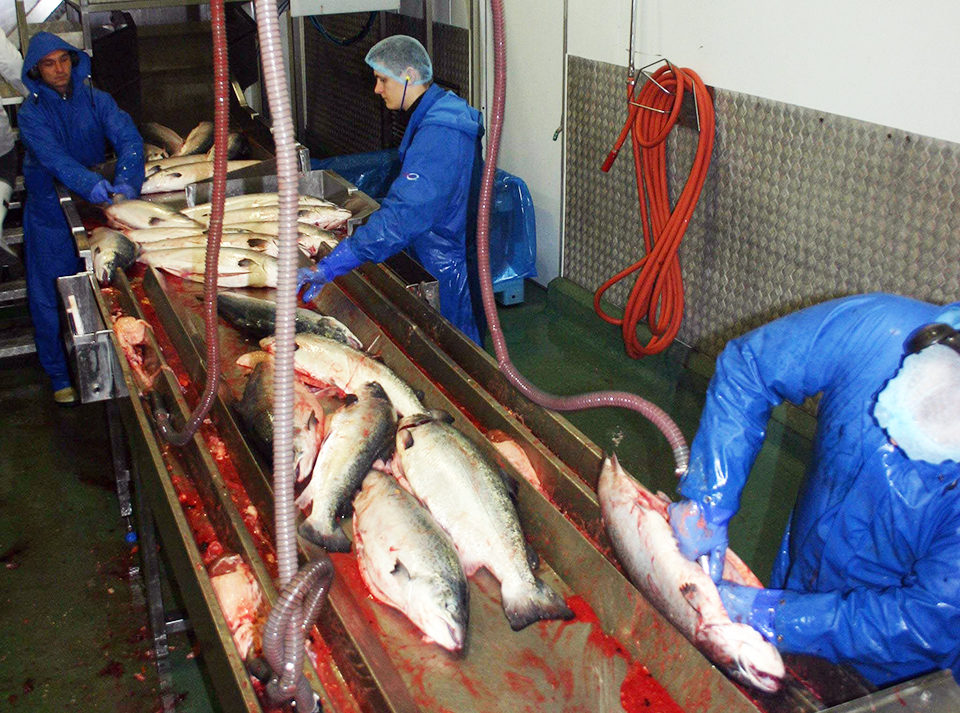
With the rapid growth of global aquaculture have come many environmental challenges. One major challenge has been the pressure on feed resources, particularly fishmeal and fish oil, for which aquaculture must compete with other livestock industries and the growing fish oil nutraceuticals market (Fig. 1).
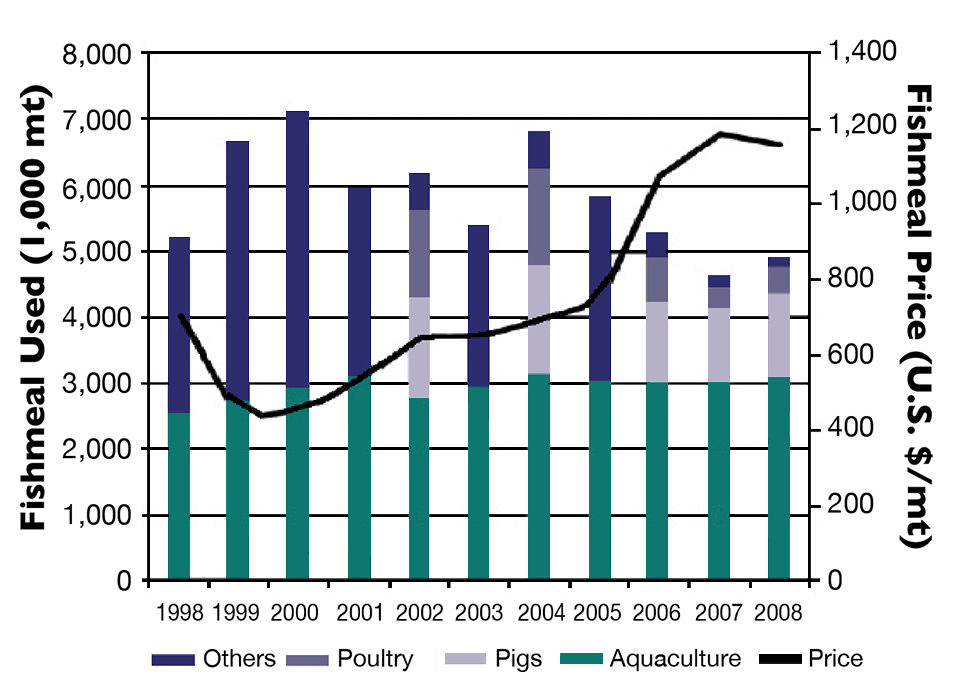
The majority of fishmeal and fish oil comes from reduction fisheries of forage fish such as anchovies, which form the basis of food webs and also support important commercial fisheries and wildlife. The global supply of fishmeal and oil from fisheries has reached its sustainable limit. Therefore, utilization of all possible sustainable sources of fishmeal and oil, which include processing byproducts from fisheries and the rapidly growing volumes from aquaculture, is critical.
Sourcing fishmeal and oil, mainly from the byproducts of herring and tuna fisheries, provides about 5 million metric tons (MT) annually, a volume that accounts for around 25 percent of global fishmeal resources. However, this is only a fraction of the estimated availability of fishery byproducts.
According to the United Nations Food and Agriculture Organization, the approximately 60 million MT of fish caught annually for human consumption have typical edible yields of between 50 and 60 percent, leaving an estimated 25 million MT of available byproducts. At the same time, the estimated production of byproducts from aquaculture is also in excess of 60 million MT.
Although the quality of fishmeal produced from some culture species may not be as high as that from specialist reduction fisheries, significant quantities of these resources are wasted. These resources may be better utilized to feed livestock and other aquaculture species to reduce the pressures on traditional fishmeal, fish oil and other resources.
In addition, many innovative technologies are adding to the efficient use of byproducts. These can help increase their value and hence the profit margins of aquaculture production and fisheries.
Aquaculture byproducts
The quantity and quality of byproducts are highly variable among different aquaculture species. However, the byproducts from aquaculture are very uniform for any one species, because fish are usually grown and harvested within the same time frame using similar techniques. Also, the proximity of processors means byproducts are usually very fresh.
Atlantic salmon (Salmo salar) have fillet yields as high as 60 percent, and their byproducts contain relatively high quantities of omega-3 fatty acids despite recent reductions in salmonid diets. Salmon are eviscerated at primary processing facilities before being transported to secondary processors for the production of fillets and other human consumption items.
Much of the viscera is now directed to companies that extract and purify the oils, then hydrolyze the remaining protein into a high-quality feed concentrate. There has been growing interest in fish hydrolysate for its high digestibility, palatability and health benefits. It is now commonly used in penaeid shrimp diets, and interest is increasing for applications in weaning diets for marine species. Recent work is also showing that inclusion of fish hydrolysate can reduce the need for fishmeal in aquaculture diets.
The eviscerated fish are sent to secondary processing centers all over the world, where the products can be highly diverse. Products include fillets of different grades, belly flaps, heads, skins and various scraps recovered from the frames and damaged fillets. The scraps may go to produce products such as burgers and pies, whereas the heads are finding markets in Asia. However, there is still significant wastage because the diffuse nature of secondary processing does not produce enough raw material in one location to have an attractive economy of scale for byproduct technologies.
The striped catfish (Pangasiadon hypophthalmus), industry in the Mekong Delta region of Vietnam offers a good contrast to the salmon industry for its utilization of byproducts. The annual production has grown rapidly to around 1.2 million MT with the processing and support industries in close proximity. Over 90 percent of the production is processed into skinless frozen fillets for export. With a fillet yield of around 35 percent, an estimated 700,000 MT of byproducts can be used for value addition.
The skins can be sold separately on international markets, but the majority of the remainder is sold to dedicated byproduct processors in the region. The byproduct materials are first sorted manually for the stomachs and swim bladders, which are sold at local markets as delicacies. The rest is processed into fishmeal and fish oil with an approximate 20 percent yield of each from the initial byproduct.
The low inclusion of fishmeal in pangasius diets means the species can be considered a net producer of fishmeal with a good amino acid balance, although lower in omega-3 fatty acids than traditional fishmeal. This product is used mainly in pig diets and other livestock feeds with no other fishmeal inclusion but comparable performance.
Traceability concerns
There are some traceability concerns with the use of aquaculture byproducts. Sometimes swine and other livestock feeds are fed to aquaculture species as a cheap alternative to aquafeeds in Asia, so there is a risk of intraspecies feeding. This contravenes European Union animal byproduct regulations and many international certification standards put in place following the bovine spongiform encephalopathy (BSE) crisis with cattle in Europe. Although there have never been any cases of transferable spongiform encephalopathies in seafood species, consumer suspicion regarding the safe use of animal byproducts for animal feeds remains.
Fish byproducts
Whether byproducts such as fish frames and heads can be more efficiently processed to produce more products for human consumption or if there are options for hydrolyzing the proteins are topics for further research. Currently, the market for catfish byproducts is good. They fetch better prices from processors than salmon byproducts, which are considered a waste disposal problem in many cases. Therefore, the economic case has to be made for these options compared to current uses.
Fish skins also offer interesting prospects for further investigation. Research has shown that collagen and gelatin produced from pangasius and other warmwater fish skins are similar to those from porcine and bovine sources, but much more universally acceptable, especially to religious groups. However, these products have yet to receive high commercial interest.
Shrimp byproducts
The by-products from penaeid shrimp reflect around 50 percent of production. They are commonly turned into a meal for use in livestock feeds close to areas of production throughout Asia. However, a lot of protein is bound to high levels of highly indigestible chitin within the shells and carapaces, making it largely unavailable for many livestock species. The heads are also used to produce flavorings, sauces and traditional food items in Asia. A small proportion is directed toward chitin extraction for deacetylation and hydrolysation into chitosan and glucosamine, mainly in China. Different forms of glucosamine and its salts are used in human health supplements for arthritis prevention and treatments.
Chitosan has different properties depending on the degree of deacetylation and molecular weight of the product. Therefore, its uses are very diverse. It is used, for example, in textiles, paper, wastewater treatment, antimicrobial food coatings and biomedical applications. The lower-molecular-weight, more deacetylated product is more highly valued in biomedical applications.
However, the manufacturing process requires several aggressive treatment steps using heated concentrated acids and alkalis that can result in wastage of the protein fraction, which may then be released into the environment and cause concerns over its impacts.
There is increasing interest in less aggressive processes using enzymes and bacterial fermentation, which can produce a valuable chitosan product plus save the protein, minerals and carotenoid from the shrimp byproduct for further use in feeds. These processes are currently lengthy and more difficult to control, so are yet to receive full commercialization.
Perspectives
Although there is good utilization of aquaculture byproducts in some locations, there is still substantial wastage, and perhaps more efficient uses can be found to produce more valuable products. The aquaculture fisheries and livestock industries must continue to find synergies through closer location of production processes, which can better direct limited resources to maintain high-quality products and allow further growth and good profit margins for producers.
The logistics for this may be complicated and may lead to a restructuring of value chains while adhering to the strict legislation on byproduct use. There is also a great need for better regulation and enforcement in some locations to avoid possible future problems and allay consumer fears over byproduct use.
(Editor’s Note: This article was originally published in the March/April 2013 print edition of the Global Aquaculture Advocate.)
Now that you've reached the end of the article ...
… please consider supporting GSA’s mission to advance responsible seafood practices through education, advocacy and third-party assurances. The Advocate aims to document the evolution of responsible seafood practices and share the expansive knowledge of our vast network of contributors.
By becoming a Global Seafood Alliance member, you’re ensuring that all of the pre-competitive work we do through member benefits, resources and events can continue. Individual membership costs just $50 a year.
Not a GSA member? Join us.
Authors
-
Richard Newton
Institute of Aquaculture
University of Stirling
Stirling, Stirlingshire, FK9 4LA
United Kingdom -

David Little, Ph.D.
Institute of Aquaculture
University of Stirling
Stirling, Stirlingshire, FK9 4LA
United Kingdom
Related Posts
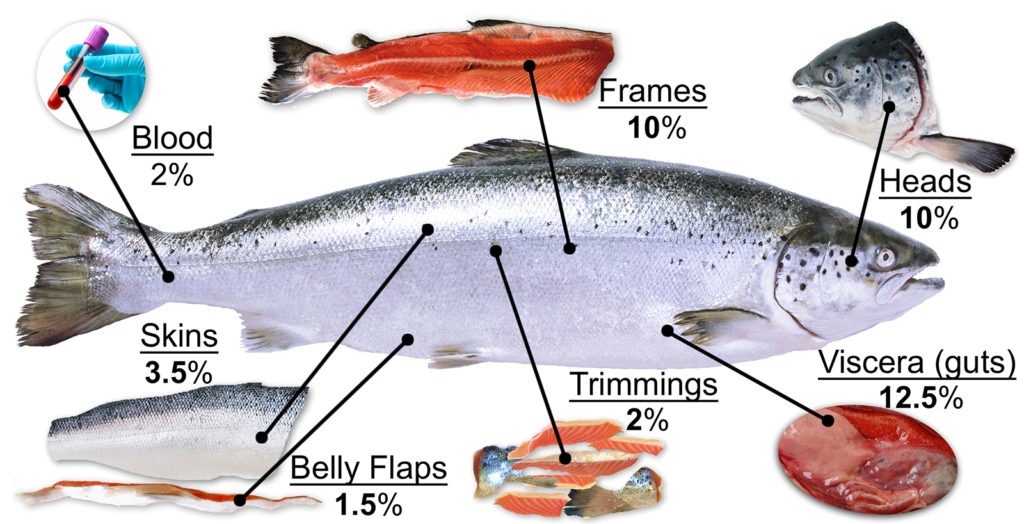
Aquafeeds
It takes guts to advance sustainability in aquaculture
With byproducts representing between 25 to 50 percent of the weight of various fish species, we need to be looking at how the entire fish is being used: even the heads, guts and skin.
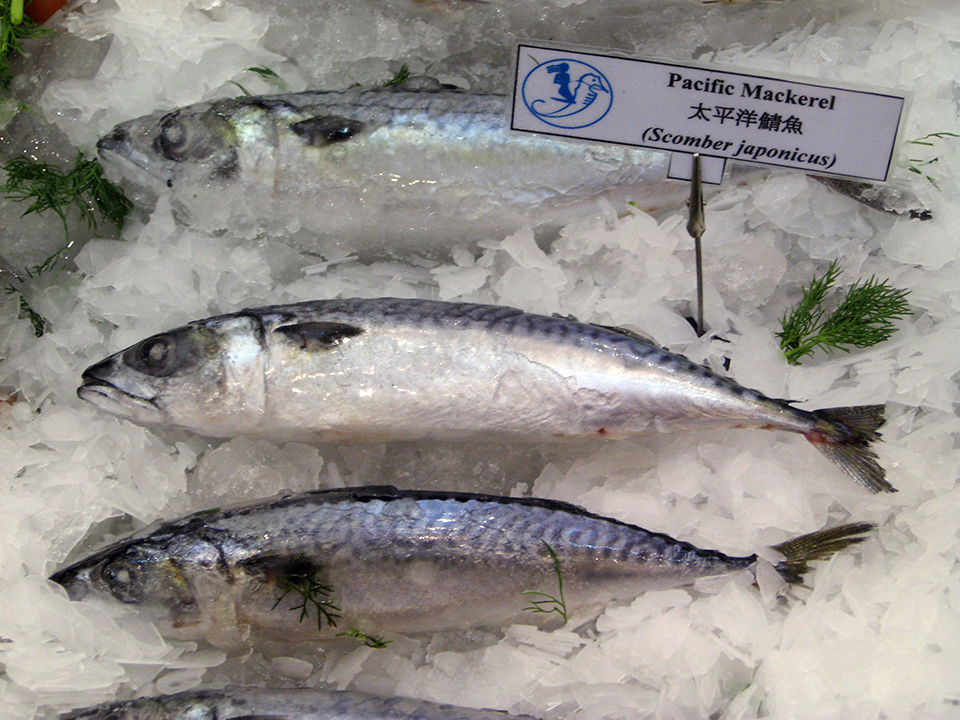
Intelligence
Byproduct utilization for increased profitability, part 1
Protease enzymes are important industrial enzymes that have diverse applications in food, leather, silk and the agrichemical and pharmaceutical industries. Fish are considered one of the richest sources of proteolytic enzymes.
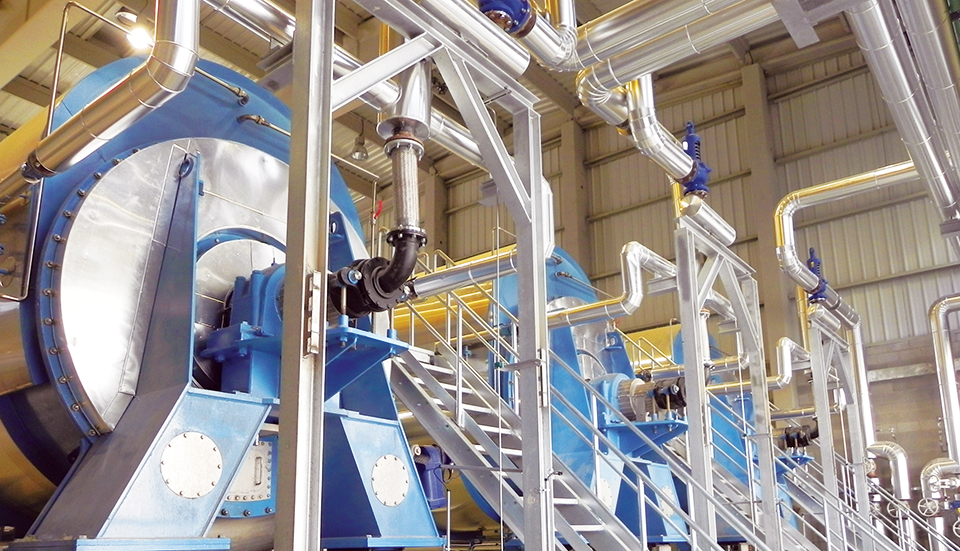
Aquafeeds
Animal byproduct concentrates useful tools in formulation
With the market volatility of fishmeal, as well as rising sustainability concerns, the aquaculture industry is seeking sources of protein, such as animal byproduct concentrates, to substitute for fishmeal.

Aquafeeds
Aquaculture Exchange: Andrew Jackson, IFFO
Aquaculture remains dependent on fishmeal and fish oil, crucial marine ingredients in aquafeeds, particularly at key life stages. Andrew Jackson, technical director at IFFO and one of the world’s foremost fishmeal experts, tells the Advocate that the two industries can coexist well into the future if properly managed.



